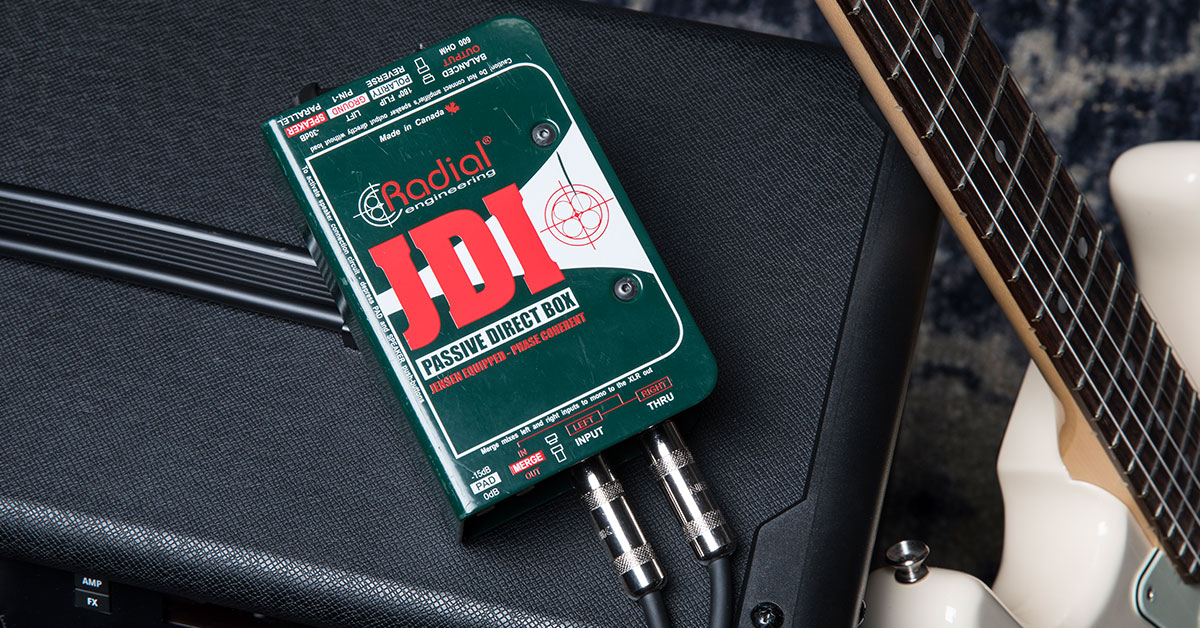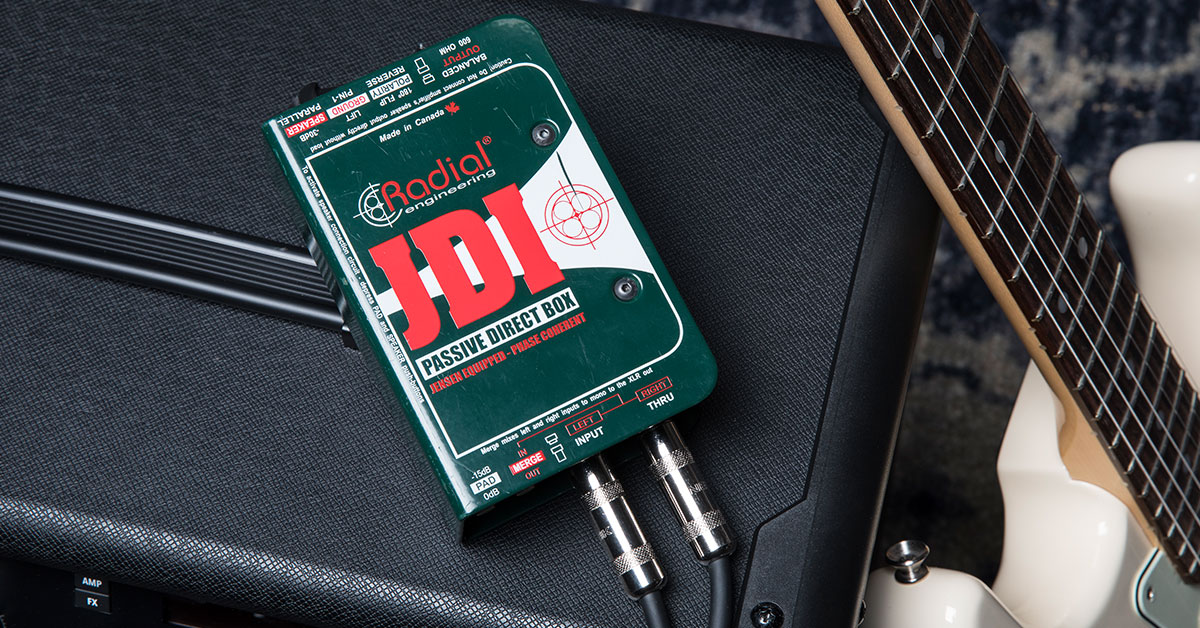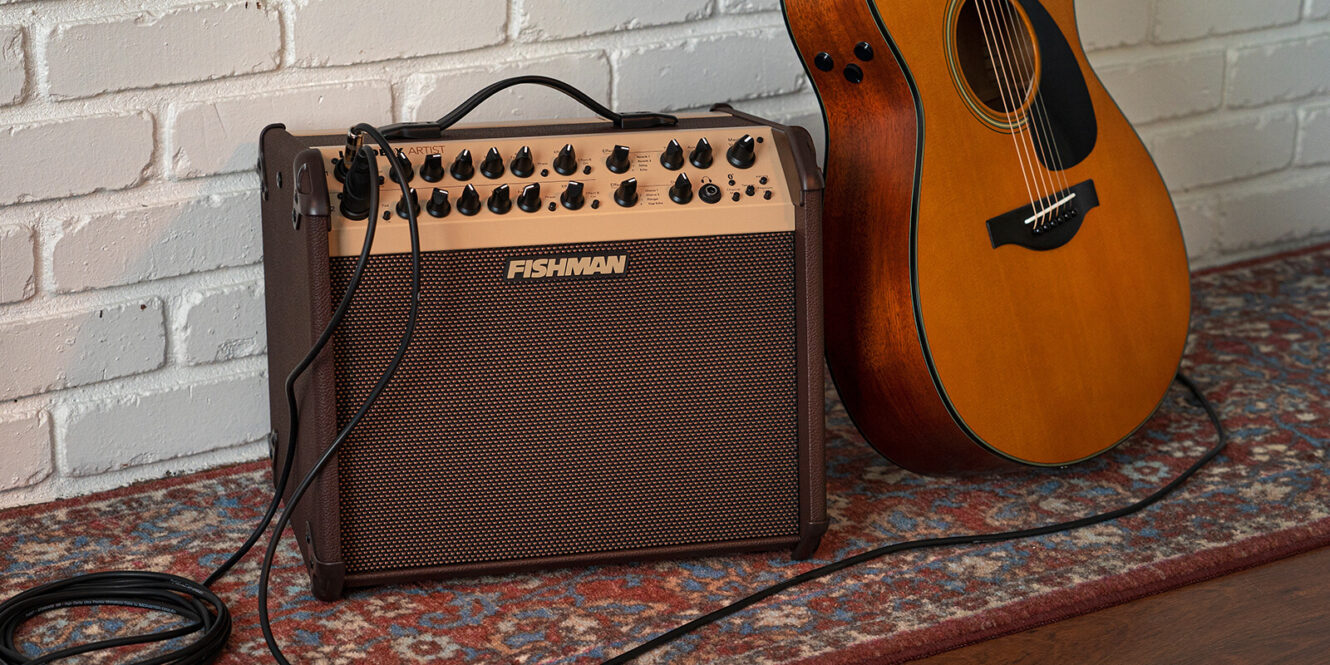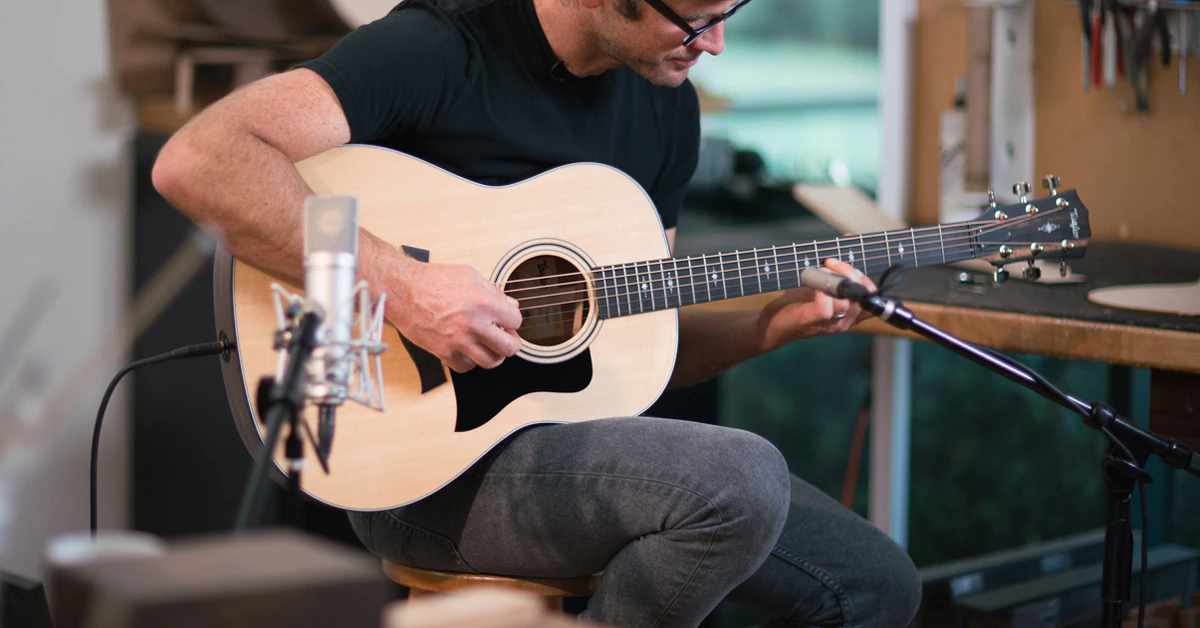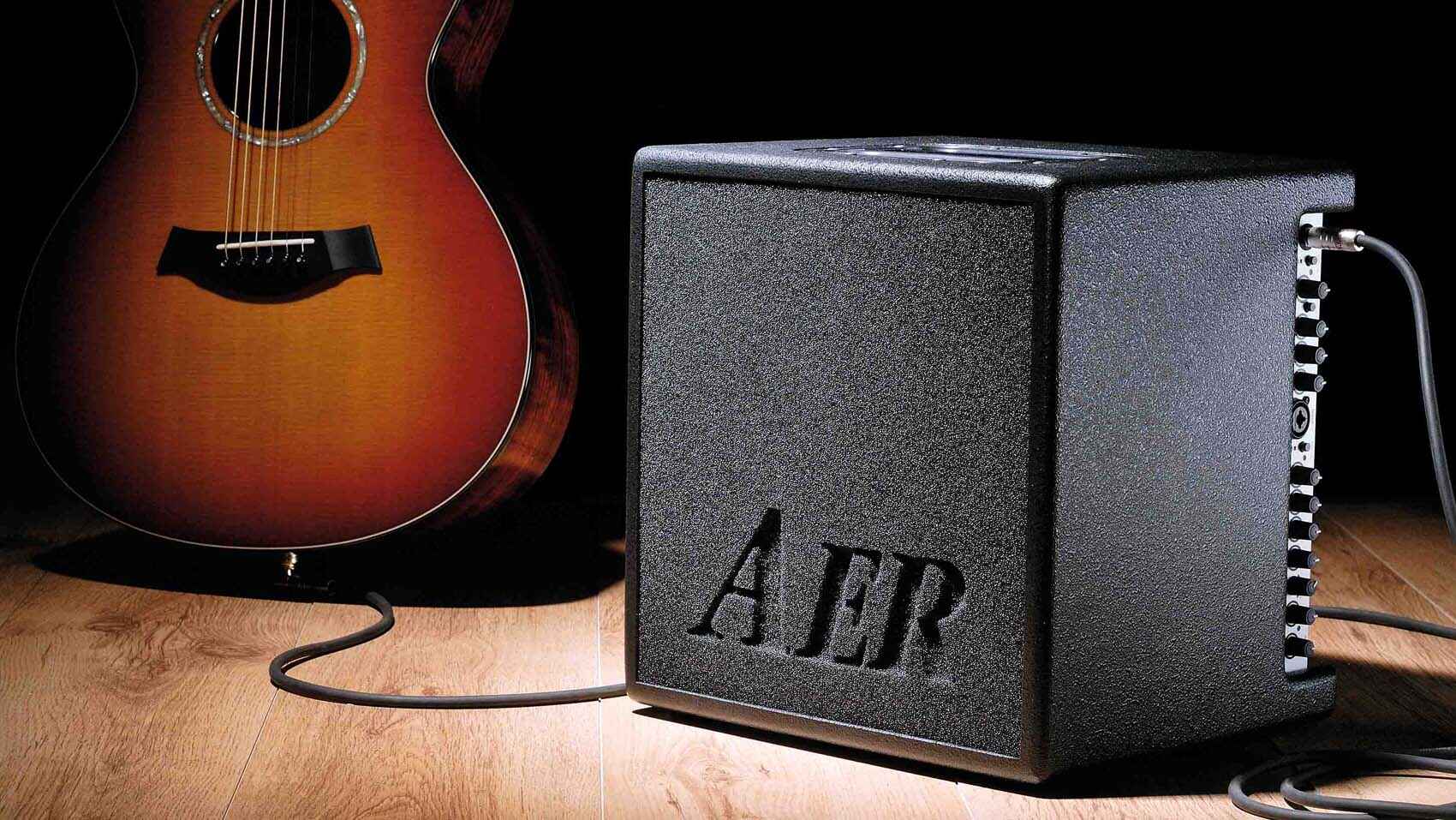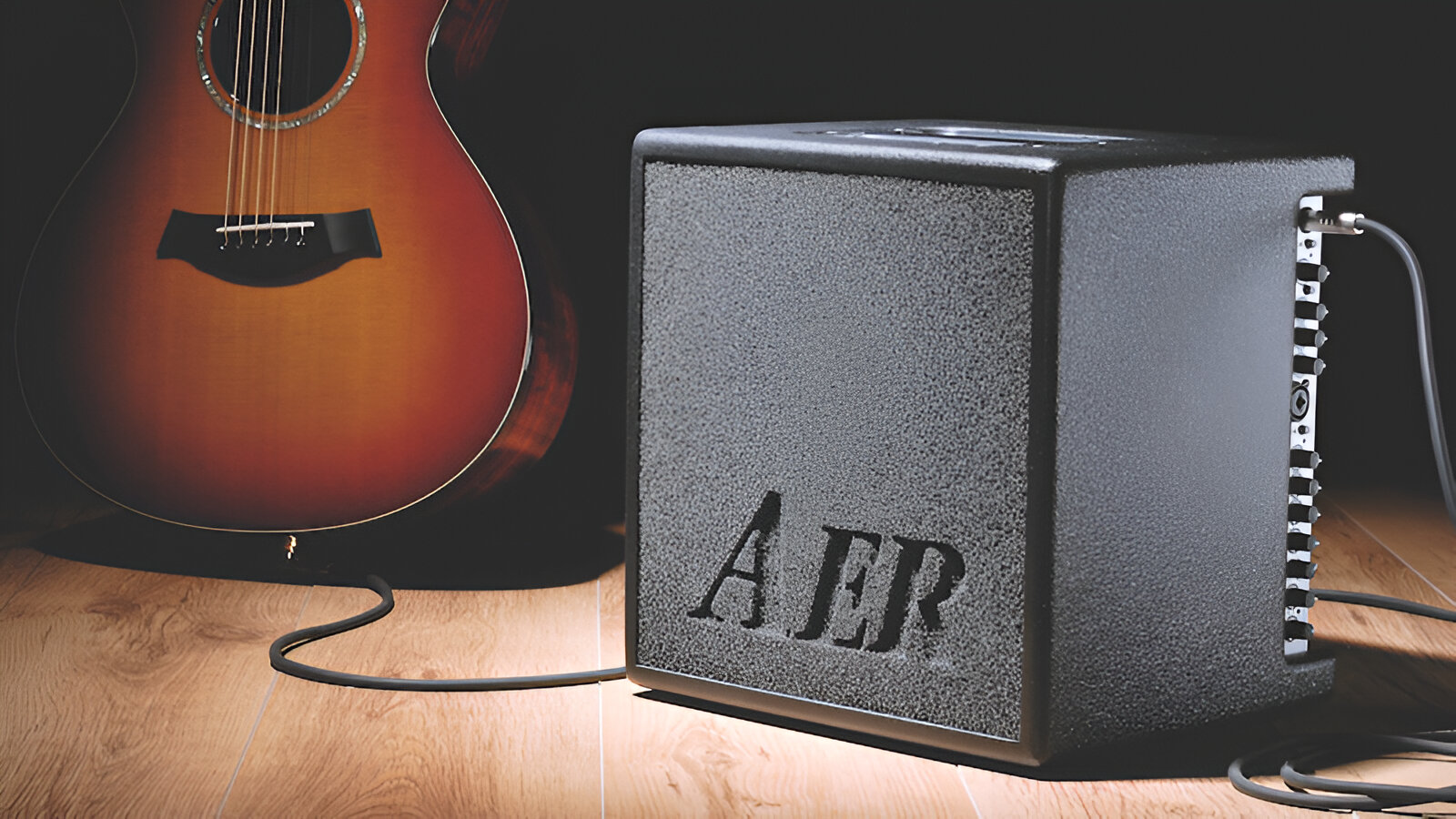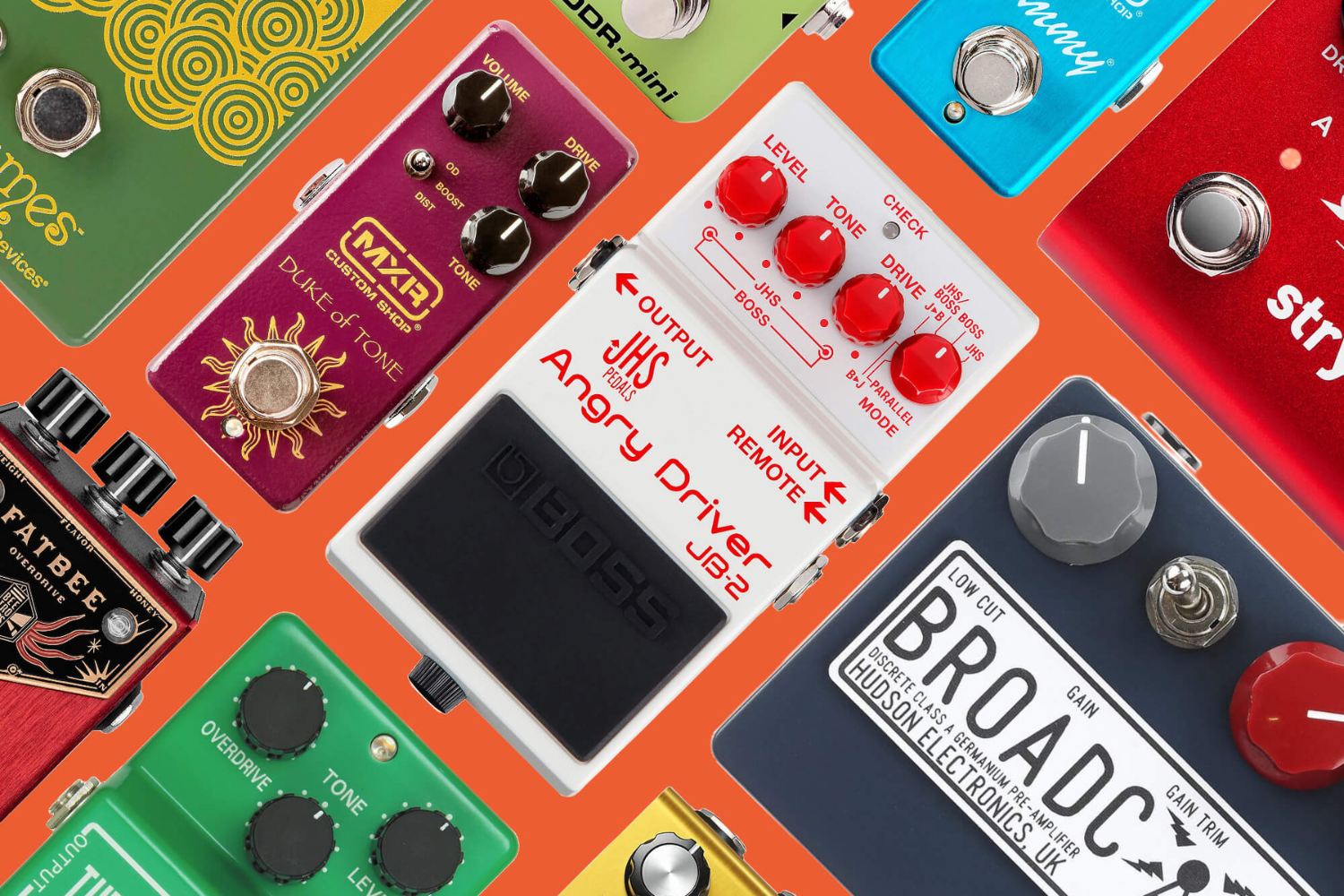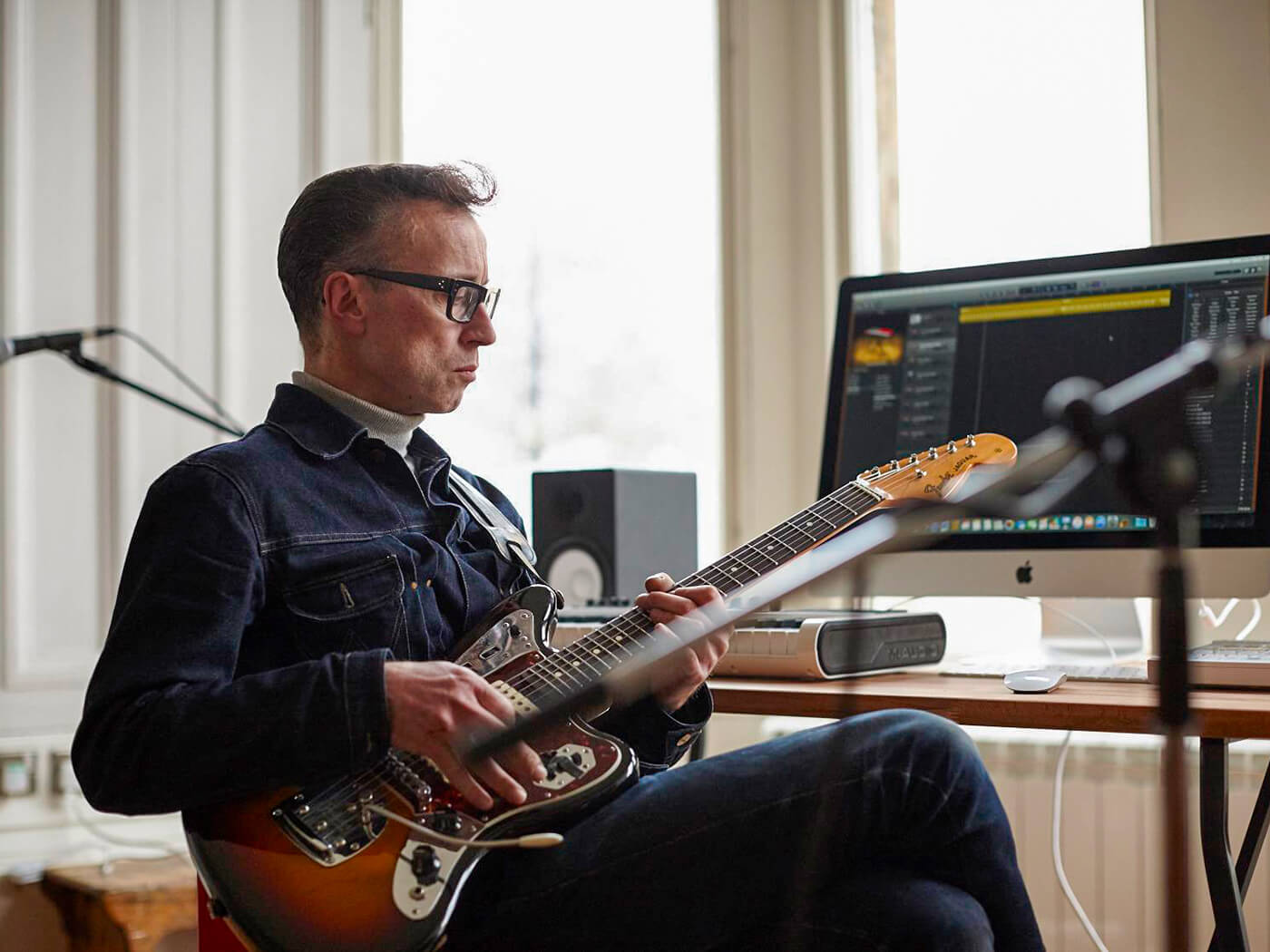Introduction
Electric guitars are renowned for their versatility and ability to produce a wide range of sounds, from clean and melodic to gritty and distorted. One of the most intriguing aspects of playing the electric guitar is the potential for feedback. While feedback is often viewed as an undesirable occurrence, it can also be harnessed to create unique and expressive sounds. In this article, we will explore the concept of feedback in the context of electric guitars and how direct injection (DI) can be used to control and manipulate feedback for creative purposes.
Understanding the nature of feedback and how it can be utilized to enhance musical performances is a valuable skill for any electric guitarist. By gaining insight into the mechanics of feedback and learning how to harness its potential, musicians can expand their sonic palette and add depth to their playing.
Throughout this article, we will delve into the intricacies of electric guitar feedback, explore the role of DI in feedback control, and provide practical tips for achieving the desired feedback effects. Whether you are a seasoned guitarist or a newcomer to the world of electric guitars, this guide will equip you with the knowledge and techniques to leverage feedback as a powerful tool in your musical arsenal. So, let's embark on a journey to unravel the mystique of electric guitar feedback and discover the art of shaping sound through DI.
Understanding Electric Guitar Feedback
Feedback, in the context of electric guitars, occurs when the sound from the amplifier is picked up by the guitar’s pickups and re-amplified, creating a loop of sound that can result in sustained, often high-pitched tones. This phenomenon is a result of the interaction between the guitar, amplifier, and the surrounding environment. When the sound from the amplifier is picked up by the guitar’s pickups, it is sent back to the amplifier and re-amplified, leading to a continuous loop of sound. This loop can escalate and result in the characteristic screeching or howling sound associated with feedback.
Several factors contribute to the occurrence of feedback, including the proximity of the guitar to the amplifier, the volume and gain settings, and the acoustics of the performance space. The resonant frequencies of the guitar and the room can also play a significant role in shaping the feedback. Understanding these variables is crucial for effectively managing and harnessing feedback to achieve desired sonic effects.
Electric guitar feedback is not solely a nuisance to be avoided; it can be embraced as a creative tool. Many iconic guitarists have leveraged feedback to add a distinctive edge to their playing, using it to create haunting sustain, otherworldly textures, and expressive wails. By understanding the principles of feedback and its interaction with the guitar and amplification system, musicians can begin to explore the artistic potential of this sonic phenomenon.
As we delve deeper into the world of electric guitar feedback, we will uncover the techniques and technologies that enable musicians to control and manipulate feedback to their advantage. By gaining a comprehensive understanding of feedback, guitarists can unlock a realm of sonic possibilities, expanding their musical horizons and pushing the boundaries of traditional guitar playing.
Using DI for Feedback Control
Direct Injection (DI) is a valuable tool for managing and shaping electric guitar feedback. DI boxes, also known as direct boxes, are audio devices that convert high-impedance, unbalanced signals from instruments such as electric guitars into low-impedance, balanced signals that are suitable for long cable runs and connection to professional audio equipment. When it comes to controlling feedback, DI boxes offer several advantages and techniques that can be employed to effectively shape and manipulate the feedback response.
One of the primary benefits of using a DI box for feedback control is the ability to attenuate and equalize the guitar signal before it reaches the amplifier or sound system. By utilizing the built-in attenuation and EQ features of a DI box, guitarists can tailor the signal to minimize the likelihood of unwanted feedback while optimizing the tonal characteristics of their instrument. This proactive approach to signal management can significantly reduce the potential for disruptive feedback during performances.
Furthermore, DI boxes equipped with ground lift switches can help mitigate ground loop-induced hum and interference, which can contribute to unwanted noise and instability in the feedback loop. By isolating the guitar signal and addressing grounding issues, DI boxes play a crucial role in creating a stable and controlled feedback environment, allowing musicians to focus on their performance without the distraction of technical issues.
Another innovative application of DI for feedback control involves utilizing multiple DI boxes in conjunction with signal splitting and routing techniques. By strategically routing the guitar signal through different processing paths, musicians can create parallel signal chains that enable them to manipulate and modulate the feedback response in real time. This approach opens up a world of creative possibilities, empowering guitarists to experiment with feedback manipulation and sculpt captivating soundscapes.
As we explore the intersection of DI and feedback control, it becomes evident that these tools are indispensable for harnessing the expressive potential of electric guitar feedback. By integrating DI boxes into their signal chain and embracing innovative signal routing techniques, guitarists can elevate their performances and unlock new dimensions of sonic expression through controlled feedback manipulation.
Tips for Getting the Feedback You Want
While electric guitar feedback can be unpredictable, there are several techniques that musicians can employ to intentionally coax the desired feedback from their instrument and amplifier. By mastering these tips, guitarists can harness the power of feedback as a creative tool, adding a dynamic and expressive dimension to their playing.
- Positioning and Movement: Experiment with the positioning of the guitar in relation to the amplifier. Moving closer to the amp can increase the likelihood of feedback, especially at higher volumes. Explore the impact of body movements and guitar orientation on feedback generation, as subtle shifts can influence the resonance and sustain of the feedback.
- Volume and Gain Management: Fine-tune the volume and gain settings on the amplifier to find the sweet spot for generating controlled feedback. Adjusting the gain can influence the onset and intensity of feedback, while managing the overall volume can shape the sustain and timbre of the feedback tones.
- Harmonics and Sustain: Utilize techniques such as palm muting, artificial harmonics, and vibrato to manipulate the harmonic content and sustain of the feedback. Experiment with different playing styles and techniques to evoke specific tonal characteristics and textures in the feedback response.
- Feedback Loop Manipulation: Introduce external factors, such as proximity to other sound sources or reflective surfaces, to alter the feedback loop. By strategically positioning the guitar and amplifier in relation to the performance space, musicians can influence the resonant frequencies and spatial qualities of the feedback.
- DI Integration: Incorporate DI boxes into the signal chain to shape and manage the guitar signal before it reaches the amplifier. Leverage the EQ and attenuation features of DI boxes to sculpt the tonal characteristics and mitigate unwanted feedback, enhancing the control and precision of the feedback response.
By implementing these tips and techniques, guitarists can cultivate a deeper understanding of feedback generation and manipulation, empowering them to wield feedback as a deliberate and expressive element in their musical repertoire. Whether aiming to evoke ethereal textures, sustained wails, or controlled oscillations, mastering the art of intentional feedback opens up a realm of sonic exploration and artistic innovation.
Conclusion
Electric guitar feedback is a captivating phenomenon that has the potential to elevate musical performances and redefine sonic boundaries. By understanding the intricacies of feedback and employing techniques such as DI integration and intentional feedback manipulation, guitarists can harness this powerful force to create evocative and expressive sounds.
Throughout this exploration, we have delved into the nature of electric guitar feedback, uncovering its origins and the factors that influence its occurrence. We have also examined the role of DI in feedback control, highlighting the ways in which DI boxes can be utilized to shape and manage the feedback response, providing musicians with greater control and creative freedom.
Furthermore, the tips and techniques presented offer a roadmap for guitarists to navigate the realm of intentional feedback, empowering them to coax the desired feedback from their instruments and amplifiers. By mastering the art of intentional feedback, musicians can infuse their performances with an added layer of depth and emotion, captivating audiences and pushing the boundaries of sonic innovation.
As electric guitarists continue to explore the expressive potential of feedback, the intersection of technology, technique, and artistic vision will undoubtedly lead to new frontiers of sonic exploration. The journey of shaping sound through DI and intentional feedback manipulation is an ongoing odyssey, marked by experimentation, discovery, and the relentless pursuit of sonic excellence.
In the end, the art of controlling and sculpting electric guitar feedback is a testament to the boundless creativity and ingenuity of musicians. As the feedback resonates and reverberates, it serves as a reminder of the limitless possibilities that await those who dare to explore the uncharted territories of sound.







